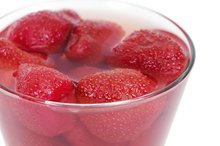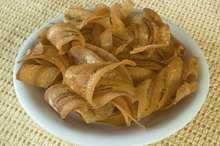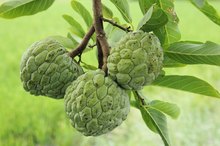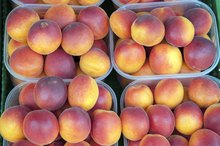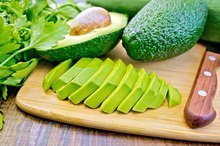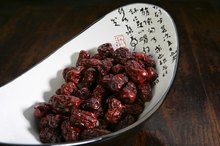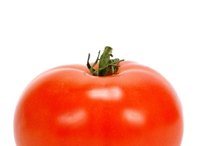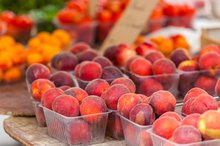How to Juice Peaches
Peaches are a juicy summer fruit rich in vitamins A and C. Make juice from peaches as a way to add fruit to a healthy diet. The U.S. Department of Agriculture recommends that adults consume 1 1/2 to 2 cups of fruit or fruit juice a day. Children should get 1 ½ cups. Very young children need about a cup of fruit or fruit juice each day.
Allow the peaches to ripen completely. Peaches in the supermarket may not be completely ripe, so you may need to wait a couple of days after bringing them home before juicing. The peaches should be firm and yellow, with no green areas 3.
How to Marinate Strawberries
Learn More
Wash peaches in cold water before juicing to remove any dirt or chemicals 3. Also, remove the stem if there is one.
Cut each peach in half with a paring knife and remove the pit 3. Remove any remaining pith, the stringy material that sometimes adheres to the peach pulp when the pit is removed. The skin of peaches is edible, so it is not essential to peel them. However, if you are using a blender, you might want to peel the peaches. Otherwise, your peach juice will have bits of the peel mixed in 3. Slice each peach into small pieces that will fit into your juicer or blender.
How to Dehydrate Bananas in a Food Dehydrator
Learn More
Start the blender or juicer and allow it to run for about a minute. The time will vary depending on the appliance you use, so check the manufacturer’s instructions.
Add water to thin out the juiced peaches, if necessary, because juiced peaches tend to be very thick. Simply add water to taste and run the blender or juicer a few extra seconds to mix thoroughly.
Related Articles
References
- USDA National Nutrient Database: Peaches, Raw
- The Big Book of Juices and Smoothies; Natalie Savona
- Peach Depot: Homemade Juice Made with Fresh Peaches
- Peach, raw. FoodData Central. U.S. Department of Agriculture. Published April 1, 2019.
- National Institutes of Health Office of Dietary Supplements. Potassium fact sheet for health professionals. Updated June 3, 2020.
- Pullar JM, Carr AC, Vissers MCM. The roles of vitamin C in skin health. Nutrients. 2017;9(8):866. doi:10.3390/nu9080866
- McRae MP. Dietary fiber is beneficial for the prevention of cardiovascular disease: An umbrella review of meta-analyses. J Chiropr Med. 2017;16(4):289-299. doi:10.1016/j.jcm.2017.05.005
- Saari JC. Vitamin A and vision. Subcell Biochem. 2016;81:231-259. doi:10.1007/978-94-024-0945-1_9
- Stephensen CB. Vitamin A, infection, and immune function. Annu Rev Nutr. 2001;21:167-92. doi:10.1146/annurev.nutr.21.1.167
- Ibanez F, Castillo P, Cao C, Simons P, Cisneros-Zevallos L. Stone fruit extracts revert insulin resistance and glucose insensitivity in cell models (muscle, hepatic, and pancreatic beta cells) associated to type 2 diabetes. Am Chem Soc National Meeting Book of Abstracts. 2012;244.
- Kim JH, Kim SH, Park HW, Cho SH, Chang YS. Oral allergy syndrome in birch pollen-sensitized patients from a Korean university hospital. J Korean Med Sci. 2018;33(33):e218. doi:10.3346/jkms.2018.33.e218
- Gaby AR. Adverse effects of dietary fructose. Altern Med Rev. 2005;10(4):294-306.
- Peach, dried, uncooked. FoodData Central. U.S. Department of Agriculture. Published April 1, 2020.
Writer Bio
Based in Atlanta, Georgia, W D Adkins has been writing professionally since 2008. He writes about business, personal finance and careers. Adkins holds master's degrees in history and sociology from Georgia State University. He became a member of the Society of Professional Journalists in 2009.
